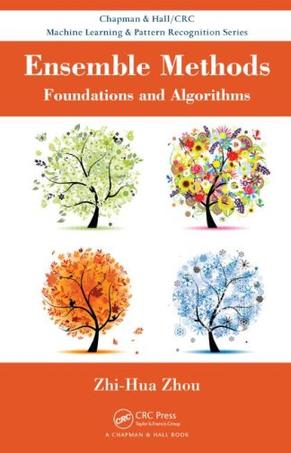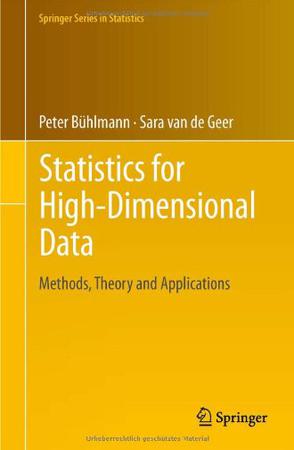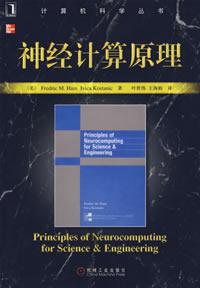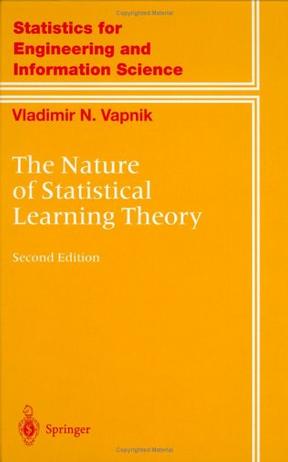-

Ensemble Methods
An up-to-date, self-contained introduction to a state-of-the-art machine learning approach, Ensemble Methods: Foundations and Algorithms shows how these accurate methods are used in real-world tasks. It gives you the necessary groundwork to carry out further research in this evolving field. After presenting background and terminology, the book covers the main algorithms and theories, including Boosting, Bagging, Random Forest, averaging and voting schemes, the Stacking method, mixture of experts, and diversity measures. It also discusses multiclass extension, noise tolerance, error-ambiguity and bias-variance decompositions, and recent progress in information theoretic diversity. Moving on to more advanced topics, the author explains how to achieve better performance through ensemble pruning and how to generate better clustering results by combining multiple clusterings. In addition, he describes developments of ensemble methods in semi-supervised learning, active learning, cost-sensitive learning, class-imbalance learning, and comprehensibility enhancement. -

Statistics for High-Dimensional Data
Modern statistics deals with large and complex data sets, and consequently with models containing a large number of parameters. This book presents a detailed account of recently developed approaches, including the Lasso and versions of it for various models, boosting methods, undirected graphical modeling, and procedures controlling false positive selections. A special characteristic of the book is that it contains comprehensive mathematical theory on high-dimensional statistics combined with methodology, algorithms and illustrations with real data examples. This in-depth approach highlights the methods’ great potential and practical applicability in a variety of settings. As such, it is a valuable resource for researchers, graduate students and experts in statistics, applied mathematics and computer science. -

Think Stats
If you know how to program, you have the skills to turn data into knowledge using the tools of probability and statistics. This concise introduction shows you how to perform statistical analysis computationally, rather than mathematically, with programs written in Python. You'll work with a case study throughout the book to help you learn the entire data analysis process—from collecting data and generating statistics to identifying patterns and testing hypotheses. Along the way, you'll become familiar with distributions, the rules of probability, visualization, and many other tools and concepts. Develop your understanding of probability and statistics by writing and testing code Run experiments to test statistical behavior, such as generating samples from several distributions Use simulations to understand concepts that are hard to grasp mathematically Learn topics not usually covered in an introductory course, such as Bayesian estimation Import data from almost any source using Python, rather than be limited to data that has been cleaned and formatted for statistics tools Use statistical inference to answer questions about real-world data -

神经计算原理
《神经计算原理》比较系统全面地介绍了人工神经网络的理论和实际应用,特别在神经网络模型和工程应用方面有极为深入的分析和讲解。全书不仅深入分析神经网络的基本概念,而且详细介绍神经网络应用方面的最新发展趋势和主要研究方向。《神经计算原理》理论和实际应用紧密结合,为神经网络的相关理论知识在具体问题中的应用打下了坚实的基础。 -

The Nature of Statistical Learning Theory
The aim of this book is to discuss the fundamental ideas which lie behind the statistical theory of learning and generalization. It considers learning as a general problem of function estimation based on empirical data. Omitting proofs and technical details, the author concentrates on discussing the main results of learning theory and their connections to fundamental problems in statistics. This second edition contains three new chapters devoted to further development of the learning theory and SVM techniques. Written in a readable and concise style, the book is intended for statisticians, mathematicians, physicists, and computer scientists. -

Learning From Data
Machine learning allows computational systems to adaptively improve their performance with experience accumulated from the observed data. Its techniques are widely applied in engineering, science, finance, and commerce. This book is designed for a short course on machine learning. It is a short course, not a hurried course. From over a decade of teaching this material, we have distilled what we believe to be the core topics that every student of the subject should know. We chose the title `learning from data' that faithfully describes what the subject is about, and made it a point to cover the topics in a story-like fashion. Our hope is that the reader can learn all the fundamentals of the subject by reading the book cover to cover. ---- Learning from data has distinct theoretical and practical tracks. In this book, we balance the theoretical and the practical, the mathematical and the heuristic. Our criterion for inclusion is relevance. Theory that establishes the conceptual framework for learning is included, and so are heuristics that impact the performance of real learning systems. ---- Learning from data is a very dynamic field. Some of the hot techniques and theories at times become just fads, and others gain traction and become part of the field. What we have emphasized in this book are the necessary fundamentals that give any student of learning from data a solid foundation, and enable him or her to venture out and explore further techniques and theories, or perhaps to contribute their own. ---- The authors are professors at California Institute of Technology (Caltech), Rensselaer Polytechnic Institute (RPI), and National Taiwan University (NTU), where this book is the main text for their popular courses on machine learning. The authors also consult extensively with financial and commercial companies on machine learning applications, and have led winning teams in machine learning competitions.